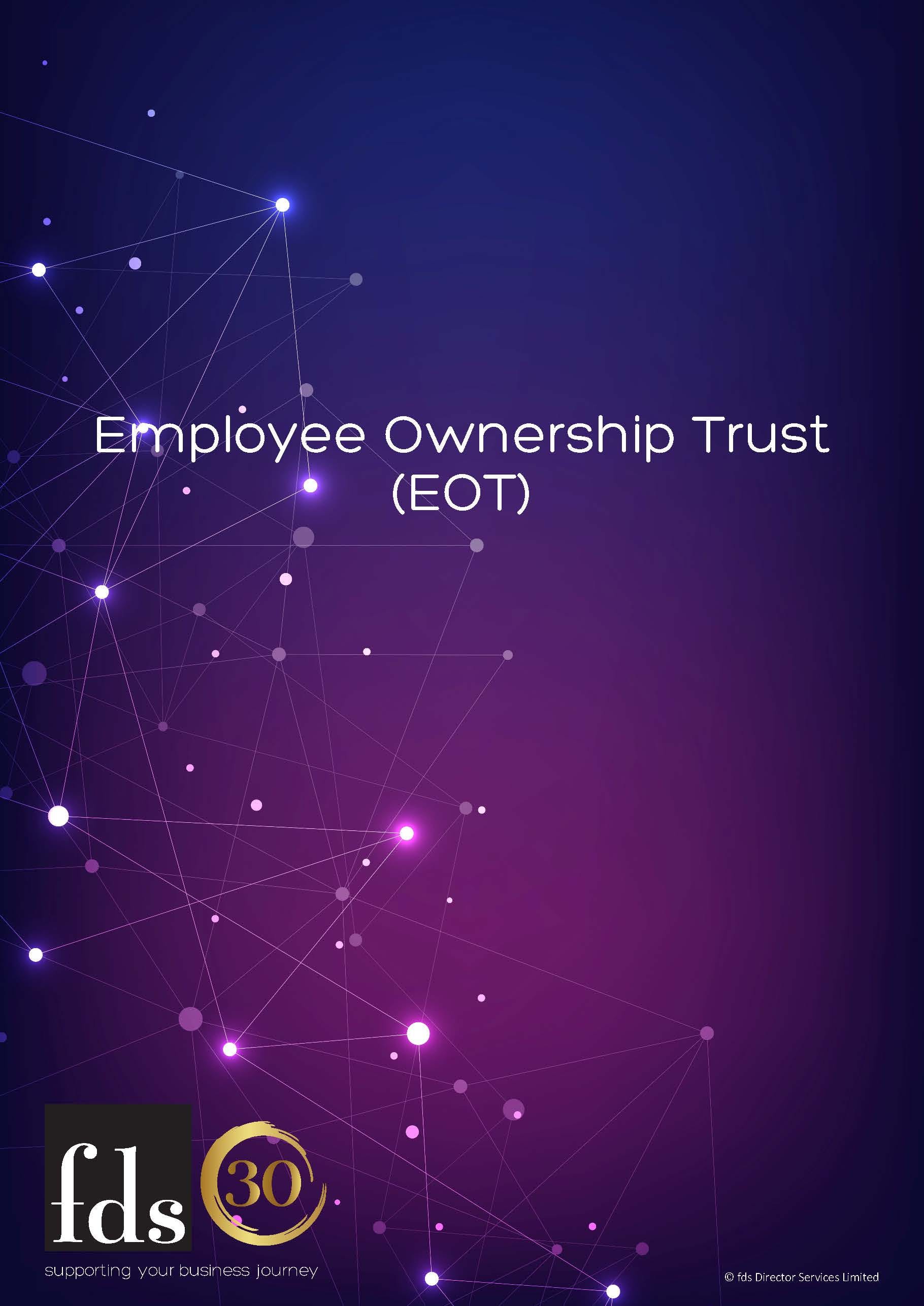So, what exactly is an Employee Ownership Trust?
The simplest way to explain what an Employee Ownership Trust, or EOT, is probably best explained as a mini John Lewis partnership model. In other words, all employees have a stake in the company and a share in the profits.
The shares are paid for from the vendor company's reserves and from future profits. When a new member of staff joins after an agreed qualifying period they become members of the EOT automatically.
Why does it work for the current owner?
There is a very obvious advantage of an EOT, in that it is the only way a vendor can take the sale (of their business) proceeds tax-free (no capital gains tax or income tax is applicable for qualifying companies). The only other way this can happen is if a vendor chooses to become an expat, so unless you’re planning on leaving the country permanently any time soon, an EOT could be the solution you have been looking for.
But, it's not just a case of a simple form, you need to get revenue clearance and you must have a valid robust valuation but assuming that’s the case then zero tax will apply. It’s important to note though it’s only on the first tranche you sell and you must sell a controlling interest i.e. 51%. If you plan on selling your shares in stages to the EOT any subsequent transfers will create a usual capital gains tax charge. It is clearly essential to take advice on all this and carefully consider the pros and cons of tax-free sums vs. forgiving control of your business.
Of course by retaining some shares there is the possibility that they (the shares), will increase in value for a secondary disposal, so, in cases such as this a tax-free sum needs to be offset against any perceived value increase.
The money aside though, there is the wonderful experience of passing the ownership of the business to those who have helped build it and will continue to cherish it. who also share and are loyal to your business values. All this is especially important as the new beneficiaries don’t need to make any personal financial commitment at all and you know that that legacy business will continue.
Why does it work for the staff/team?
An EOT works to support a businesses growth on a number of levels:
- Not only does the ownership of the business pass from the entrepreneur to the staff, it does so at zero cost to the staff.
- In passing to staff, it ensures that the business is owned by a team of people who are committed to its values and its success. Indeed, the Employee Ownership Association suggests that the top 50 employee-owned businesses in the UK see a 25.5%* increase in EBITDA following moving to an employee ownership structure.
- It's an alternative to a management buyout (MBO), which can often be held back due to the financial commitment needed by the management team.
- The staff, the new owners, take a share of the profits, they can access up to £3,600 income tax-free dividend each year.
- The entrepreneur doesn’t have to sell to an unknown owner, which could cause disruption to service or clients.
- The roller coaster of a trade sale is avoided and employees can share in the growth of the business.
Whilst an EOT comes with great opportunities for teams, staff can feel apprehensive about how a scheme works, how it affects their tax, and what they need to do. That is why it is essential to approach an EOT transition holistically. It’s not enough to only cover the financials, legal and tax. To ensure a smooth transition and the success of the company, you also need an employee engagement strategy tailored to your business and your team (your businesses new owner).
Give your business, and team the opportunity to continue to succeed with a full-service approach to an EOT.
Find out more by downloading our free guide, visit our service page to learn more or get in touch to discuss further with a member of the team.


